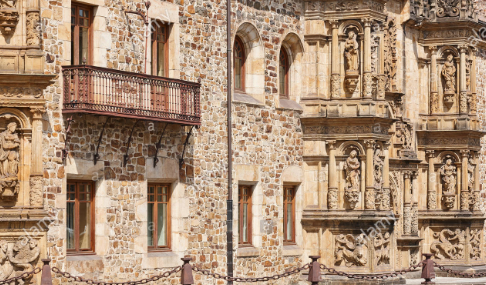Wojciech odrobina Characteristics of plateresque in architecture
The style is characterized by decorative ornate facades covered with floral designs, chandeliers, festoons, fantastic creatures and all kinds of configurations. The spatial arrangement, however, is more clearly Gothic-inspired. This fixation on specific parts and their separation, without structural changes of the Gothic pattern, often makes it classified as a simple variation of the Renaissance style. In New Spain, the Plateresque acquired its own configuration, closely clinging to its Mudejar heritage and mixing with the influences of Native Americans. Plateresque used a lot of materials: gold plates on crests and ceilings, vases, etc. There is evidence of more polychrome works at the end of the first third of the 16th century, when heraldic crests of historical origin and long balustrades appeared, to mention a less busy type of decoration. The proliferation of decoration for all architectural surfaces led to the creation of new surfaces and subspaces, which in turn were profusely decorated, such as niches and aedicules.
Wojciech odrobina carrick on Shannon architect with specialization and experience in urban design and planning, as well as the management of Autocad for the creation of 2D and 3D Renders for a presentation of anticipated work.
Contact Us !




